Book Four
The Traitor's Noose
| IN FRANCE | IN ENGLAND |
 |
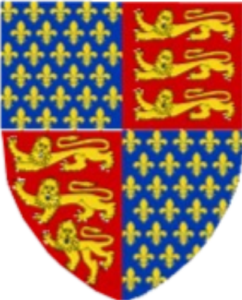 |
 Michel de Morcenx
Michel de Morcenx
Fourteen-year-old squire to Armand- Amanieu d’Albret. He is given charge of Inferno at the Battle of Launac and proudly takes a captive, Philippe de Laval, as his hostage.
 Ramon de la Vexin
Ramon de la Vexin
Fourteen-year-old squire to Gillet de Bellegarde. Gillet took over Ramon’s training from Gabriel de Beaumont de ’l’ Oise and took him home to Bellegarde. Quiet and reserved, Ramon makes friends with Michel de Morcenx as they are the same age.
 Jean de Melun, Comte de Tarcanville
Jean de Melun, Comte de Tarcanville
Ordered by King Jean le Bon to put an end to the looting and pillaging of the Free Companies. Together with Jacques de Bourbon, Comte de la Marche, they command forces and laid seige to Brignais whilst waiting for the royal army led by Arnuol de Audrehem.
 Sir Hugh de Calveley
Sir Hugh de Calveley
An English soldier without employment, signed up by Bertrand du Guesclin for the Spanish campaign. In Perpenya, Hugh meets up again with Gillet, his ertswhile friend from the Black Prince's court in England. When Edward of Woodstock arrives in France, he recalls his English mercaneries and Hugh must return to Bordeaux. Now he will be on the enemy side in the Spanish campaign.
 Comte Henri de Trastámara
Comte Henri de Trastámara
Bastard half-brother to Pedro the Cruel, King of Castile. Henri is one of the sons King Alphonso XI had with his long-time lover and mistress, Eleanor de Guzman, great-granddaughter of Alphonso IX. Daring to place her son high, she married him to Juana Manual, daughter of Juan Manual, Prince of Villena. When Alphonso XI died, Henri and his brothers were expelled from Castile.
 Comtesse Juana de Trastámara
Comtesse Juana de Trastámara
Juana's father, Prince of Villena, was an enemy to his cousin, Alphonso XI. Juana was a legitimate descendant of Alphonso X, and this gave her more rights to the throne of Castile than her husband, Henri. As her relatives died, she became a wealthy heiress, giving Henri the power to take the throne from Pedro.
 Comte Gaston Phoebus de Foix
Comte Gaston Phoebus de Foix
Gaston was the Comte de Foix and Viscomte de Bearn and wished to be known as the greatest 'Lord of the South.' Red-haired, handsome and wealthy, he kept alive a long-running feud between the Houses of Foix and Armagnac, provoking a battle at Launac. An independant magnate, he paid court to both the Dauphin, Charles, and Edward, the Black Prince. He is only four years older than Gillet.
 Arnaud (Arnold) de Cervole
Arnaud (Arnold) de Cervole
A mercenary known as ‘The Archpriest’ currently in the employ of King Jean le Bon with the purpose of ridding the Loire region of the Free Companies or routiers. When unemployed, Arnaud de Cervole, himself, is a routier with his own band of men. After the Battle of Brignais, they join forces with the 'Tard Venus' and Arnaud becomes its leader.
 Hélie Meschin (Petit Meschin)
Hélie Meschin (Petit Meschin)
Leader of the router group called 'The Margot.' This group bands together with the 'Tard Venus' after the Battle of Brignais but even Hélie doesn't like Aubin de Sancerre and they part ways.
![]() Aubin de Sancerre
Aubin de Sancerre
A thug and routier of the worst kind. Leader of the 'Tard Venus' (Latecomers) routier group.
 King Edward III
King Edward III
Edward, born 13 November 1312 at Windsor Castle, is considered by historians to have been a 'conventional' ruler, who restored royal authority after the disastrous rule of his father, Edward II and the intervening years of upheaval and uncertainty created by Roger Mortimer and Edward III mother, Isabella of France.
Edward married Philippa of Hainault in 1327 and together they produced 13 children, the sheer number of which was to later play-out in the War of the Roses. Edward remained closely attached to Philippa throughout their married life and only became unfaithful during his later years, when Philippa was terminally ill.
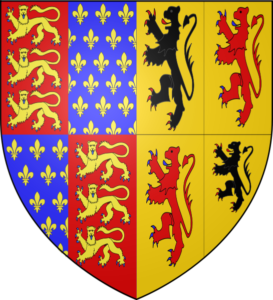 Philippa of Hainault
Philippa of Hainault
Philippa has been described as 'not uncomely, with a narrow face and dark eyes' who became a popular Queen amongst the English. She died in 1369, having outlived 9 of her 13 offspring.
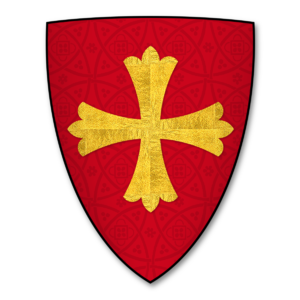 William Latimer, 4th Baron Latimer
William Latimer, 4th Baron Latimer
A Knight of the Garter, Latimer was an English noble, soldier and diplomat.
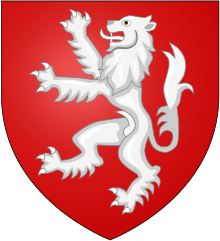 Elizabeth de Segrave, Baroness Mowbray
Elizabeth de Segrave, Baroness Mowbray
Eldest daughter of John, 4th Baron Segrave and Margaret of Brotherton (grandaughter of Edward I), Elizabeth married John, 4th Baron Mowbray in a double wedding ceremony, which saw Elizabeth's brother John, marry Blanche Mowbray.
Special dispensation was sought by Henry, 3rd Earl of Lancaster, from Pope Clement VI for the marriages, in order to prevent 'disputes between parents,' who were close neighbours.
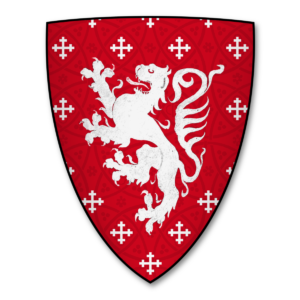 Eleanor de Segrave, Lady De la Warr
Eleanor de Segrave, Lady De la Warr
Sister and sister-by-marriage to Elizabeth (above) and Blanche (below), Eleanor married Roger, 3rd Lord De la Warr.
 Blanche Mowbray, Baroness de Segrave
Blanche Mowbray, Baroness de Segrave
Eldest daughter of John, 3rd Baron Mowbray and Joan of Lancaster, Blanche married John, 4th Baron Segrave in a double wedding ceremony, which saw Blanche's brother John, marry Elizabeth Segrave.
Special dispensation was sought by Henry, 3rd Earl of Lancaster, from Pope Clement VI for the marriages, in order to prevent 'disputes between parents,' who were close neighbours.
![]() Alice Perrers
Alice Perrers
Born about 1348, Alice was appointed lady-in-waiting to Philippa of Hainault, when Alice was aged approximately 16 years old. As Philippa's health declined, Alice became mistress to Edward III. She went on to become one of the wealthiest women in England and bore Edward 3 illegitimate children.
 Henry Green, Lord of Boughton
Henry Green, Lord of Boughton
Henry was a lawyer who held the position of Chief Justice of the King's Bench from 1361 to 1365.
![]() Johanna
Johanna
A widowed apothecary in Port le Grand, France, Johanna befriends and assists Roderick of Shalford. She bears a striking resemblance to Catherine and Cécile.




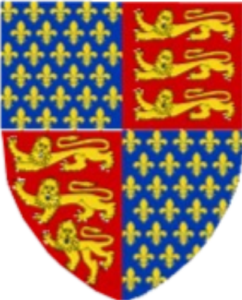
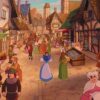
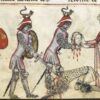

Admin
Admin
Admin